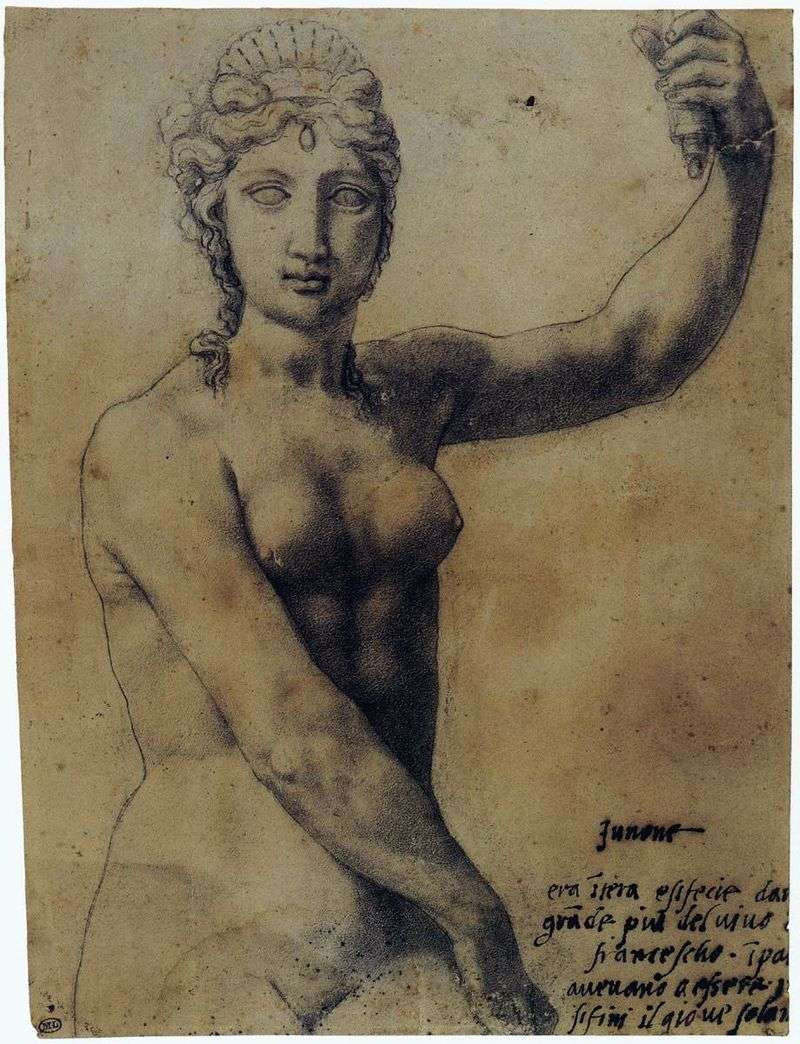
The famous artist-Mannerist Cellini became famous as a fine jeweler, engraver, sculptor and writer. Cellini was born in Florence, in his youth and in his mature years he traveled extensively in Italy, worked in Rome, Pisa, Venice. Since 1545 Cellini was a court jeweler from Francis I in Paris. The artist quite often carried out orders of kings and emperors and therefore led a very bright life, often falling into scandalous stories. According to one of them, Cellini allegedly stole the precious stones adorned with the crown of the Pope, for which he was imprisoned.
Cellini focused on aesthetics, the sheer beauty of his works and, of course, the technique of their execution. For greater expressiveness of the images, the master used techniques characteristic of the Mannerist – drawing out shapes and applying contrasting shades. One of the remarkable examples of the creativity of Cellini is the saltcellar made by him at the request of Francis I. The master used gold, enamel and precious stones in the process of working on it for 4 years. The salt-cellar is made up of the figures of Neptune and Ceres, connected by a weave of legs. The images of the gods personify the unity of the two principles – earth and water, which generates the salt itself.
The most famous graphic work Cellini is the drawing “Juno”, made with black chalk. On the right is a circumcised inscription originally made by the artist, which can be translated as follows: “Juno / was whole and made of silver / above human growth / Francis in Paris / only Jupiter was to be completed.” This inscription, which now seems to us completely devoid of meaning, speaks of a major work, which Cellini repeatedly points out in his memoirs. Indeed, in 1540 Cellini received a large order from Francis I, who wished that his palace was decorated with a set of 12 candelabra tall with human growth, made in the form of statues of ancient gods and goddesses.
Before starting to work, Cellini performed many sketches, each of which is currently perceived as a real work of art. Most recently, a bronze statue was found, and this discovery allowed scientists to assert that the “Juno” did not last long only in the figure, and this statue was subsequently cast a statue.
For a long time it was believed that this drawing is the only surviving graphic work of Cellini, who was known more as a Florentine jeweler and sculptor. But in this figure, the painter’s manner of painting is clearly visible: a black-chalked feathering and a solid line of drawing were most likely performed by him in order to more accurately convey the color of the metal.
Many of Benvenuto Cellini’s works are not preserved or destroyed, but his surviving works are rightfully included in the treasury of world art.
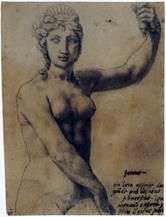 Juno – Benvenuto Cellini
Juno – Benvenuto Cellini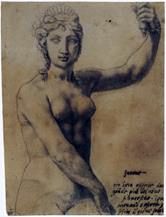 Juno – Benvenuto Cellini
Juno – Benvenuto Cellini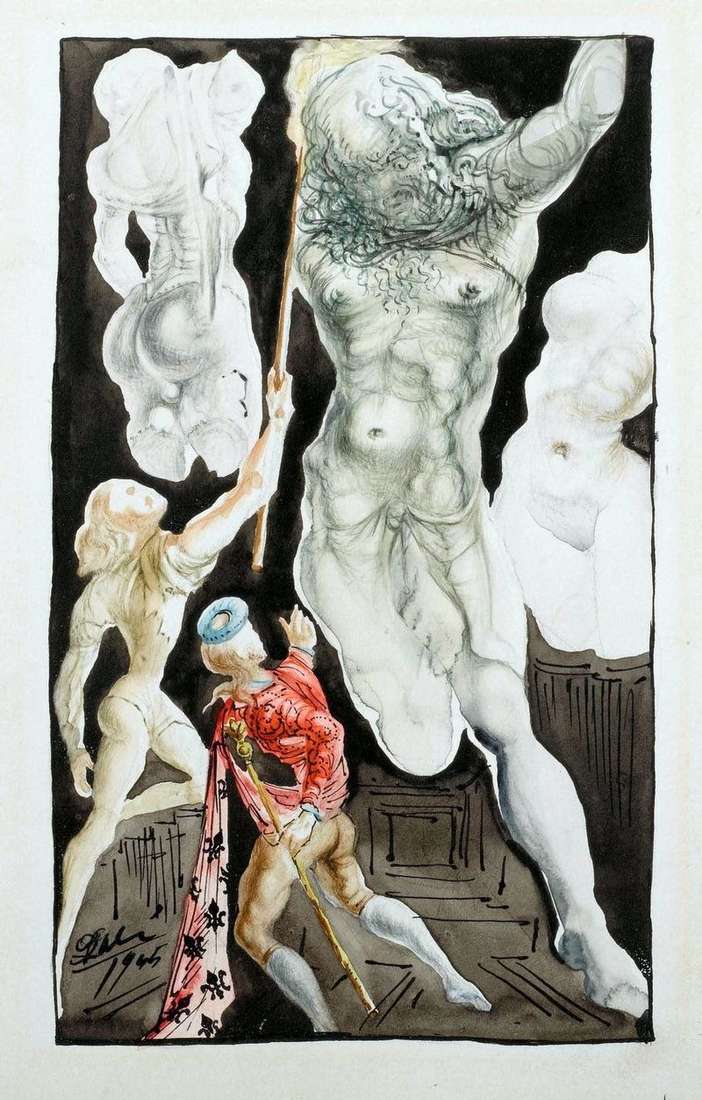 Benvenuto Cellini and Jupiter by Salvador Dali
Benvenuto Cellini and Jupiter by Salvador Dali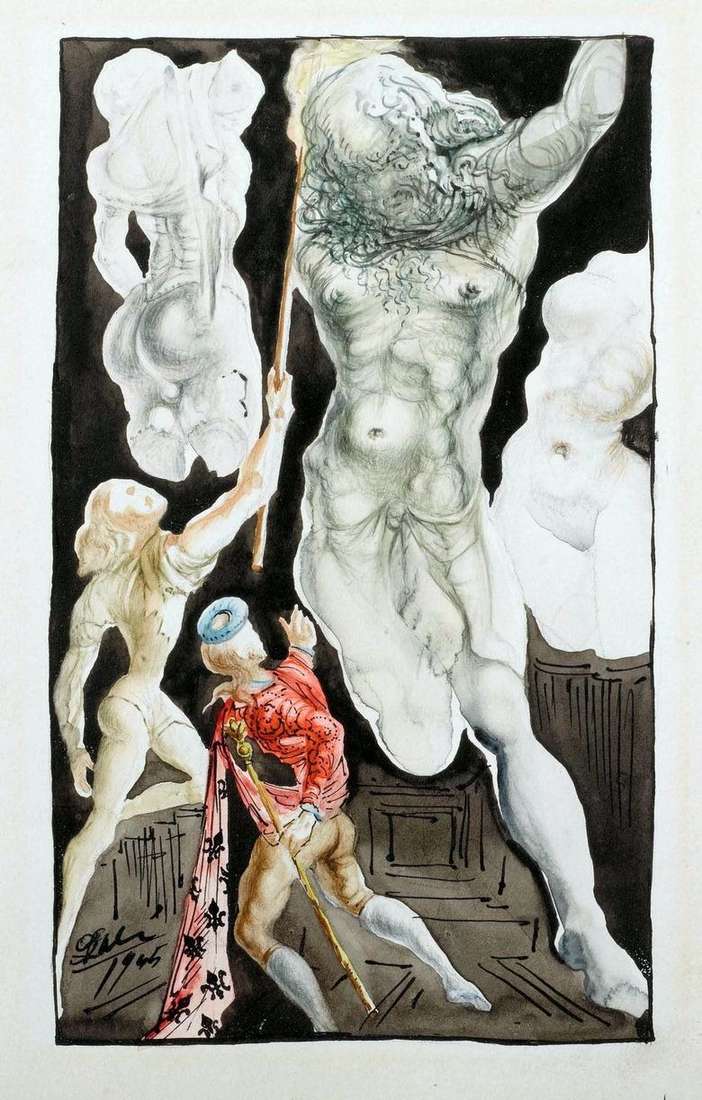 Benvenuto Cellini y Júpiter – Salvador Dali
Benvenuto Cellini y Júpiter – Salvador Dali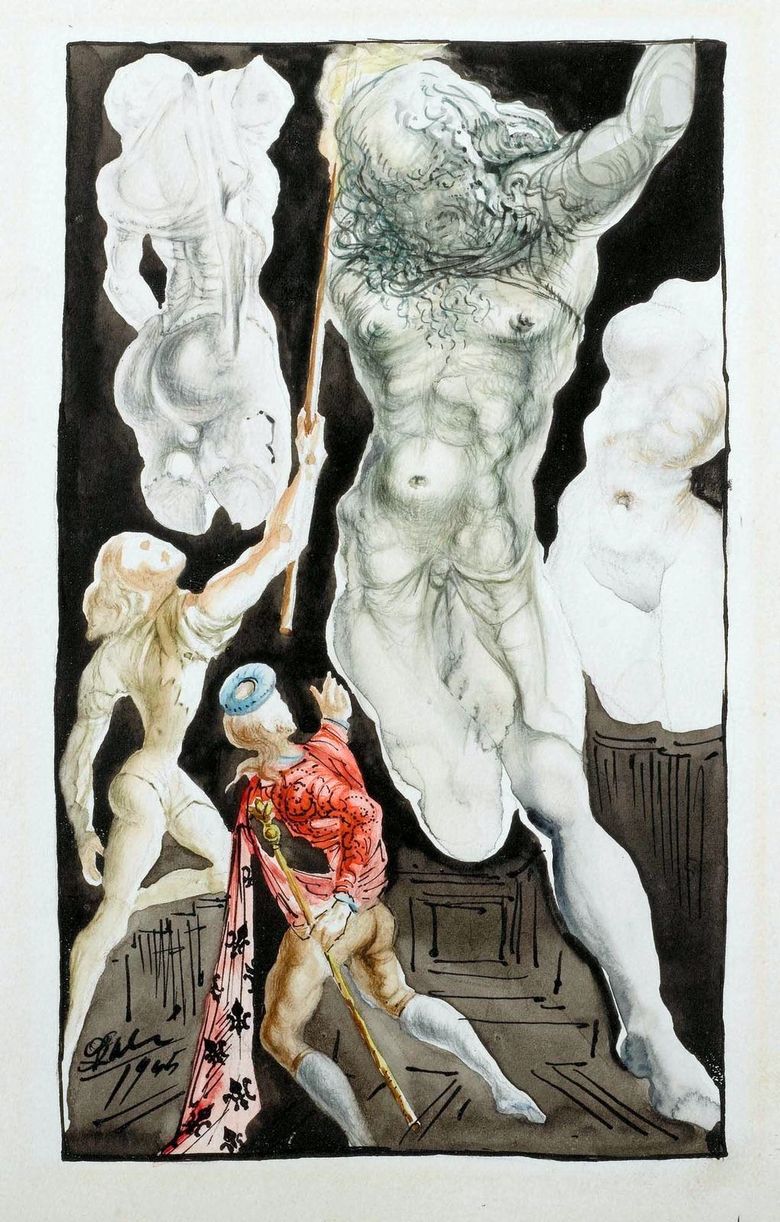 Benvenuto Cellini et Jupiter – Salvador Dali
Benvenuto Cellini et Jupiter – Salvador Dali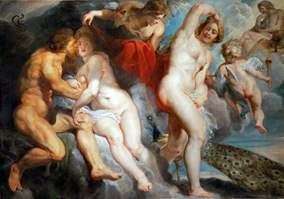 Ixion y Juno – Peter Rubens
Ixion y Juno – Peter Rubens Athena, Venus and Juno by Hans von Aachen
Athena, Venus and Juno by Hans von Aachen Atenea, Venus y Juno – Hans von Aachen
Atenea, Venus y Juno – Hans von Aachen